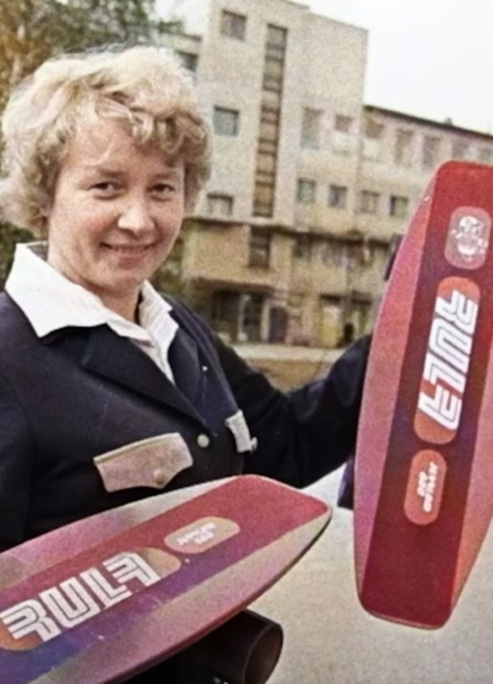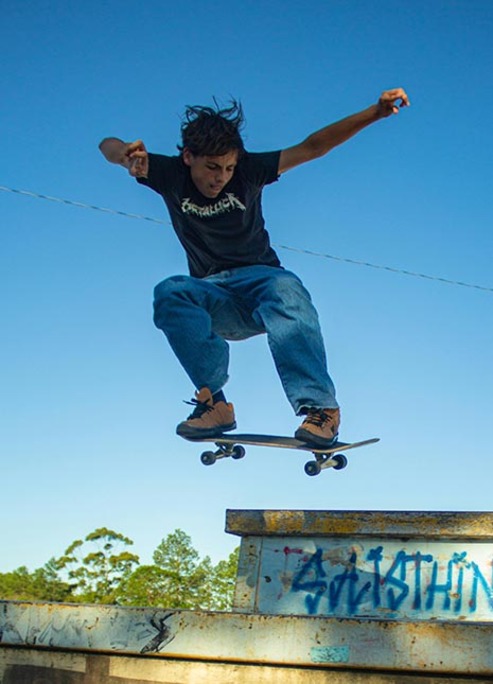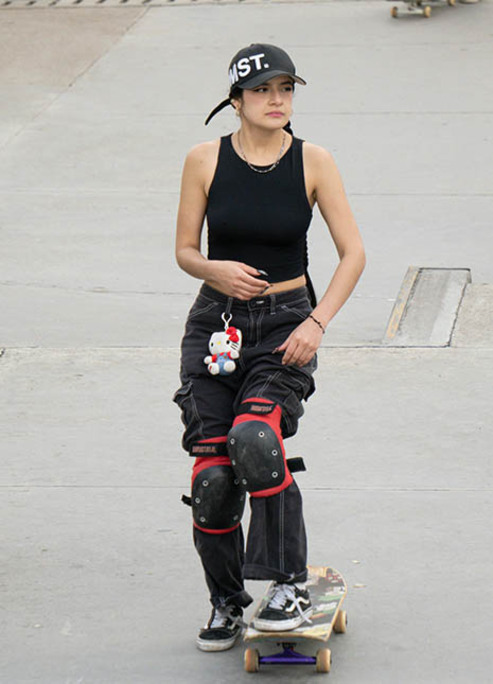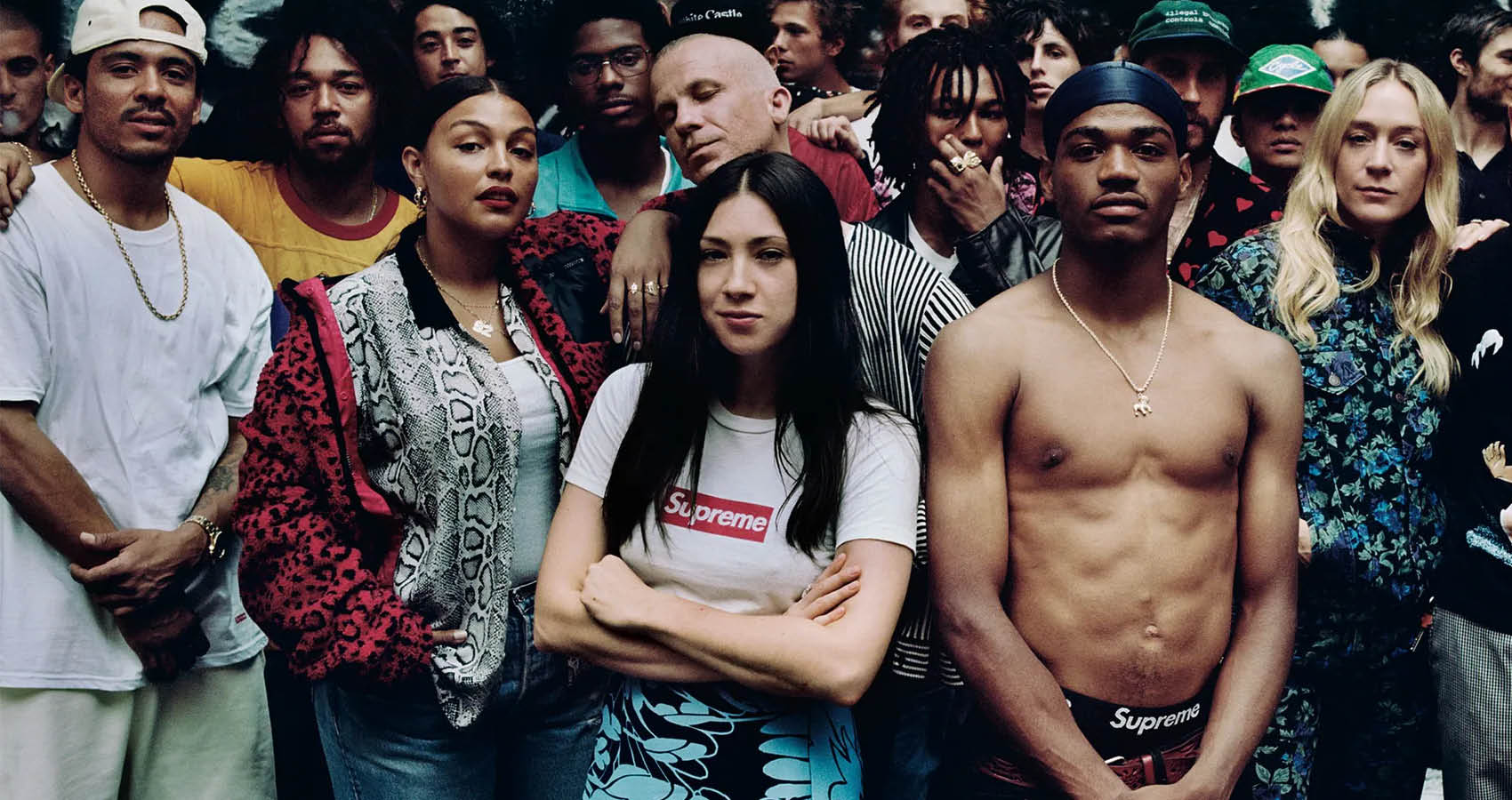
Streetwear And Its Movement Into High Fashion
Streetwear has infiltrated the fashion industry and become synonymous with modern fashion design. What started as an extension of skate and hip-hop culture is now the highlight of fashion week. Who’d have thought we’d see Jordans on the Dior runway?
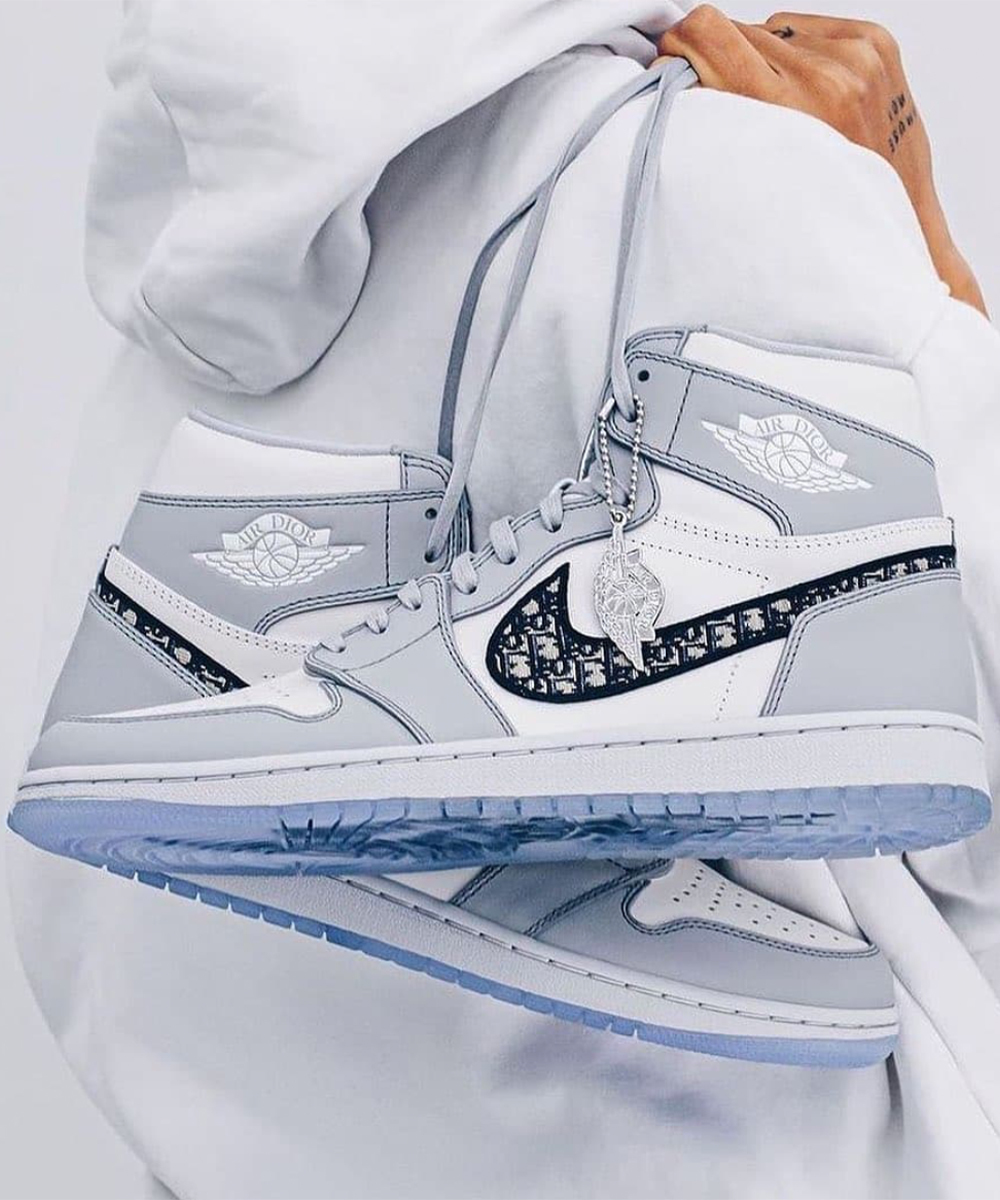
In the early 1980s, streetwear was born as an artistic expression through style. Shawn Stussy founded the very first streetwear brand, Stüssy, combining skate and surf culture to offer a unique aesthetic and approach to fashion. Fast forward to the 90s and brands like Supreme, Bape, Neighborhood and Maharishi were established. Streetwear shifted the focus from garment craftsmanship to brand identity. The designs became more functional, incorporating a utilitarian aesthetic. Inspiration was drawn from art, music and sport, often embracing a lifestyle or counterculture.
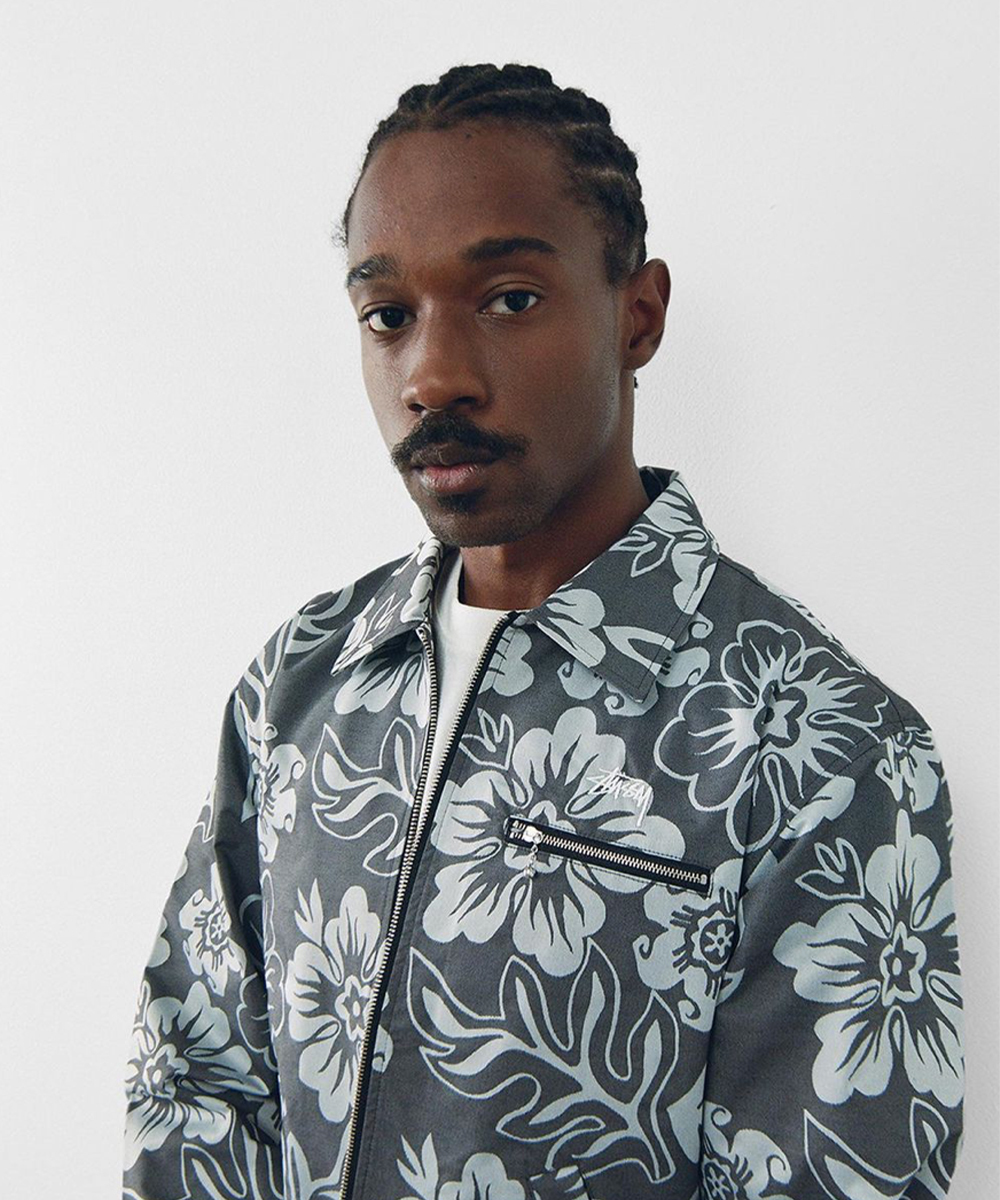
One of the successes of streetwear is its inclusiveness. It’s a versatile product: the visual aesthetic can be molded and becomes a form of self-expression depending on how you wear it. Traditional designers spend a lifetime trying to perfect a silhouette. Streetwear invites you to form your own style; you can wear it oversized, wear it fitted or wear it wrong! This is something that previous fashion houses have failed to do. As a commodity, streetwear is at the forefront of pop culture. It’s become an addiction. People don’t just consume it, they collect it, hoard it. This creates demand and adds value.
Collaboration is a strong asset, celebrated in streetwear. For example, it enables Nike to keep churning out Jordan 1’s, offering new color palettes and reimagined silhouettes. Think about your favorite releases; I’m sure a few collaborations spring to mind. In addition to sneakers and clothes, collectables have become a hot commodity. These are almost an accessory to your outfit. It is not unusual to see brands collaborate with toy manufacturers or furniture makers. There is no limit to what you can put a logo on.
A community sharing a passion for the culture has formed. Web pages like ‘The Basement’ and ‘Supreme Talk’ started a discussion and allowed fanatics to immerse themselves. This community changed the way we consume, allowing hustlers to gather at meet ups, sneaker events and trades. Enthusiasts now have a place to show off their new box logo or grab a deadstock shoe under retail. No longer a sub-branch of fashion, streetwear has evolved into its own entity, encompassing events as well as lifestyle.
Today, luxury brands would feel incomplete without tracksuits, sportswear and sneakers appearing in their collections. Gucci, Dior and Balenciaga, to name a few, have all adopted streetwear into their image. Virgil Abloh, Creative Director of Menswear at Louis Vuitton, recently designed a skate shoe for LV and signed Lucian Clarke as the face. This is the first time in history a luxury brand has sponsored a skater:- a great example of how streetwear is redefining high fashion.
The move into high fashion brought with it a lot of benefits for the consumer, most notably, premium materials and innovative designs. However, it came with a price. Exclusivity generates hype. This increased attention often leads to prices being inflated through reselling, making streetwear even harder to get your hands on.
The question of whether streetwear will stay at the forefront of fashion is a redundant one. It’s is a lifestyle, grounded in art, music and sport. It’s a matter of necessity. We will always need new basketball shoes, hoodies, and shoulder bags to hold our useless possessions.


